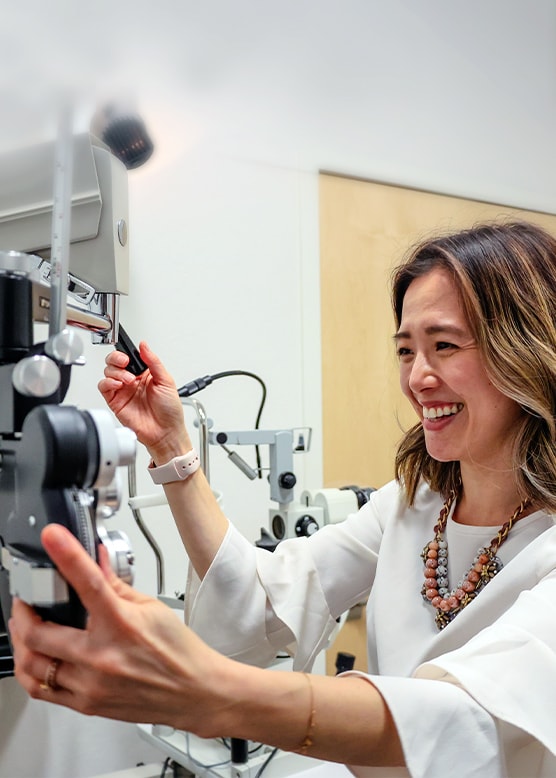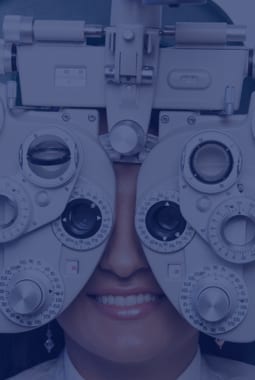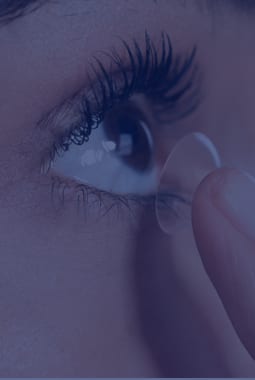Common Eye Conditions & Diseases
Refractive Errors
Refractive errors occur when light does not focus correctly on the retina, causing objects at certain distances to appear blurry. Different types of refractive errors are myopia (nearsightedness), hyperopia (farsightedness), astigmatism (distorted vision at all distances), and presbyopia (a condition that occurs with age when the natural lens in the eye becomes less flexible).
Typically, refractive errors can be effectively treated with eyeglasses, contact lenses, or refractive surgery, but your optometrist will recommend the solution that’s best for you.
Age-Related Macular Degeneration
Age-related macular degeneration (AMD) is a progressive condition that develops with age, resulting in damaged central vision. The condition’s name comes from the disease attacking the macula, the central part of the retina responsible for central, detailed vision.
There are 2 forms of AMD:
- Wet AMD occurs when abnormal blood vessels start to grow under the macula, leading to blood and fluid leakage. The leakage damages the macula and causes rapid central vision loss. Wet AMD often progresses very quickly but only accounts for around 10% of all cases.
- Dry AMD progresses much more slowly than wet AMD as the macula thins over time as part of the aging process. Over time, the thinning macula loses its function and causes significant central vision loss. Dry AMD accounts for up to 90% of all individuals with AMD and generally affects both eyes.
Keratoconus
Keratoconus is a condition that affects the cornea of the eye. The condition causes the cornea to thin and bulge outward like a cone. The cornea’s bulging shape makes it difficult for light to focus correctly on the retina, creating distorted vision.
Some keratoconus cases are genetic, where others have been associated with eye allergies, excessive eye rubbing, and connective tissue disorders like Marfan syndrome.
Keratoconus can take many years to develop, or in some cases, it progresses rapidly. The best way to get the right diagnosis and treatment for your condition is to consult your optometrist at your next eye exam.

















